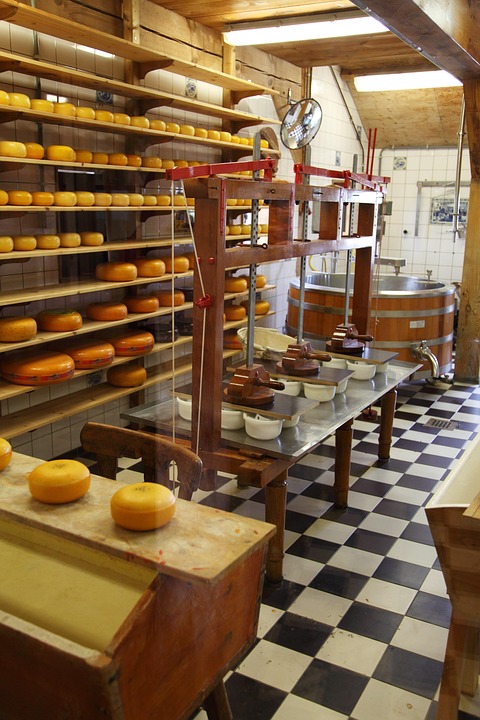Introduction
Whey separation and drying systems play a crucial role in the dairy industry by efficiently processing byproducts from cheese manufacturing. These systems are essential for separating whey, a liquid material left over after cheese production, into its components such as protein, lactose, and minerals. The separated components can then be further processed or dried for various commercial applications. In this report, we will explore the technology, processes, and companies involved in whey separation and drying systems for dairy byproducts.
Whey Separation Process
Whey Protein Isolation
One of the main components of whey is protein, which has high nutritional value and is in high demand in the food and beverage industry. Whey protein isolation involves separating the protein from the liquid whey through various techniques such as ultrafiltration, microfiltration, and ion exchange. These techniques allow for the removal of impurities and the concentration of protein for further processing.
Lactose and Mineral Separation
Apart from protein, whey also contains lactose and minerals that can be extracted and used in various applications. Lactose, a sugar found in milk, can be separated from whey through processes like crystallization or chromatography. Minerals such as calcium and potassium can also be isolated from whey for use in dietary supplements or food fortification.
Whey Drying Systems
Spray Drying
One of the most common methods for drying whey is spray drying, which involves atomizing the liquid whey into droplets and exposing them to hot air to evaporate the moisture. This process results in the production of whey powder, which is a versatile ingredient used in various food products like protein bars, beverages, and infant formula.
Freeze Drying
Another method for drying whey is freeze drying, which involves freezing the liquid whey and then removing the ice through sublimation under vacuum conditions. This process preserves the nutritional quality of whey and produces a powdered form that is often used in pharmaceuticals and nutraceuticals due to its high bioavailability.
Industry Insights
Market Trends
The global whey protein market is experiencing steady growth, driven by the increasing popularity of protein-rich diets and the demand for functional food and beverages. Whey protein isolates are particularly in demand for sports nutrition and weight management products, contributing to the growth of the industry.
Key Players
Some of the leading companies in the whey separation and drying systems market include GEA Group, SPX FLOW, Tetra Pak, and Alfa Laval. These companies offer a wide range of equipment and solutions for dairy processing, including whey separation and drying systems that are efficient, reliable, and cost-effective.
Financial Data
According to market research reports, the global whey protein market was valued at around $10 billion in 2020 and is expected to reach over $15 billion by 2025, with a compound annual growth rate (CAGR) of over 8%. This growth is driven by the increasing demand for high-quality protein sources and the rising awareness of the health benefits of whey protein.
Conclusion
In conclusion, whey separation and drying systems play a vital role in the dairy industry by efficiently processing byproducts from cheese manufacturing. These systems enable the extraction of valuable components like protein, lactose, and minerals from whey, which can be further processed or dried for various commercial applications. With the market for whey protein and dairy products on the rise, the demand for advanced whey separation and drying systems is expected to grow, offering opportunities for innovation and growth in the industry.




